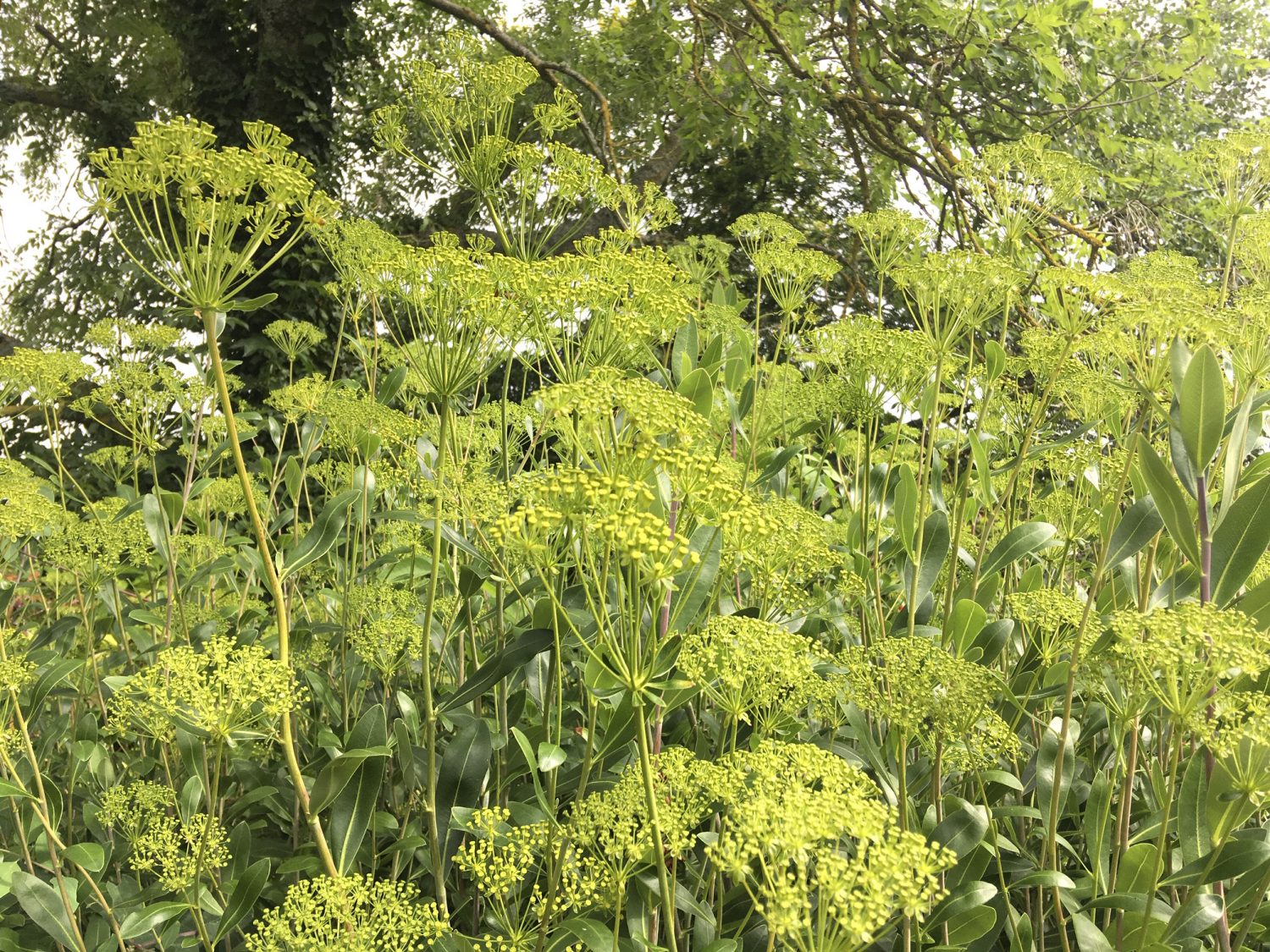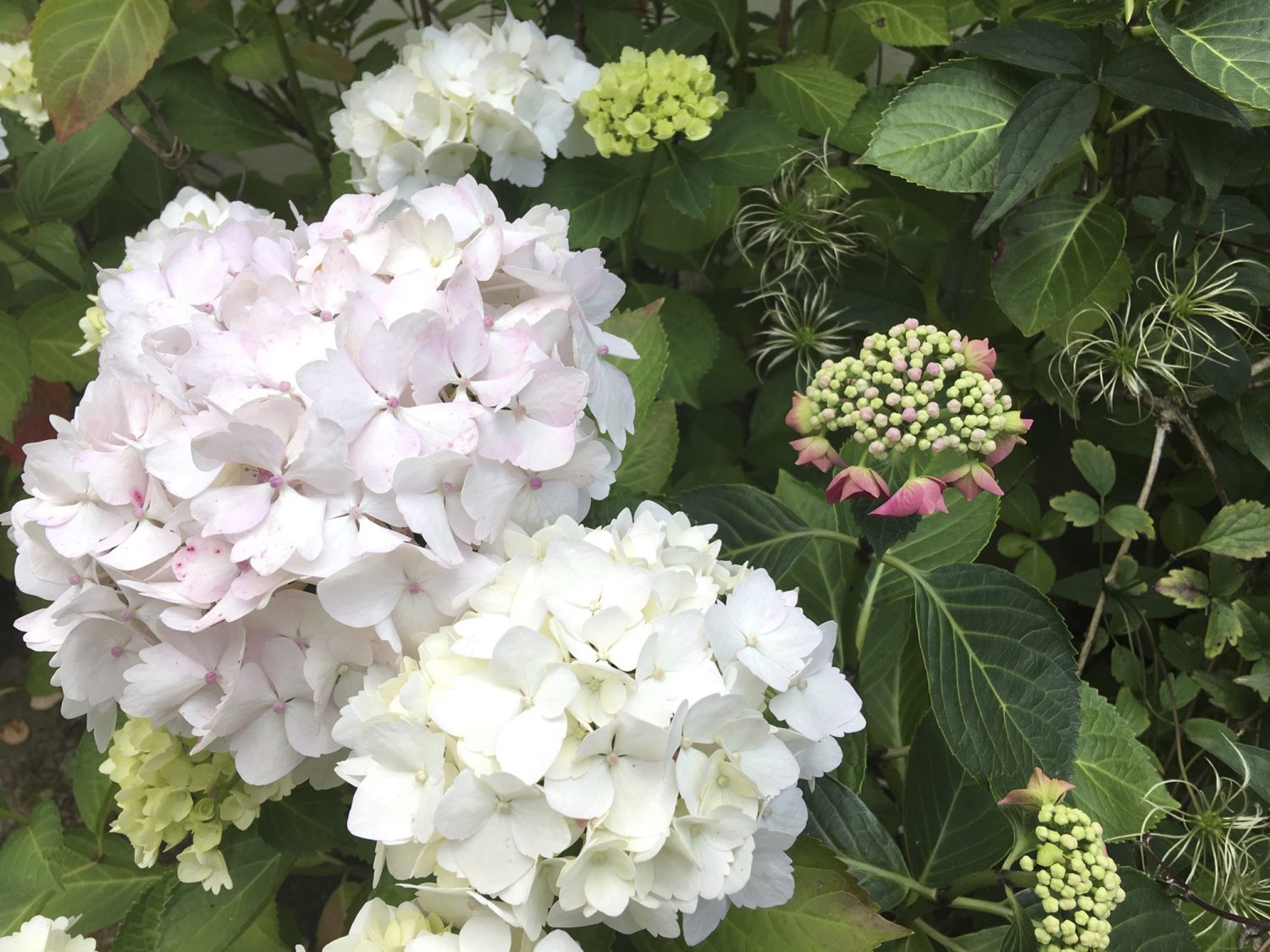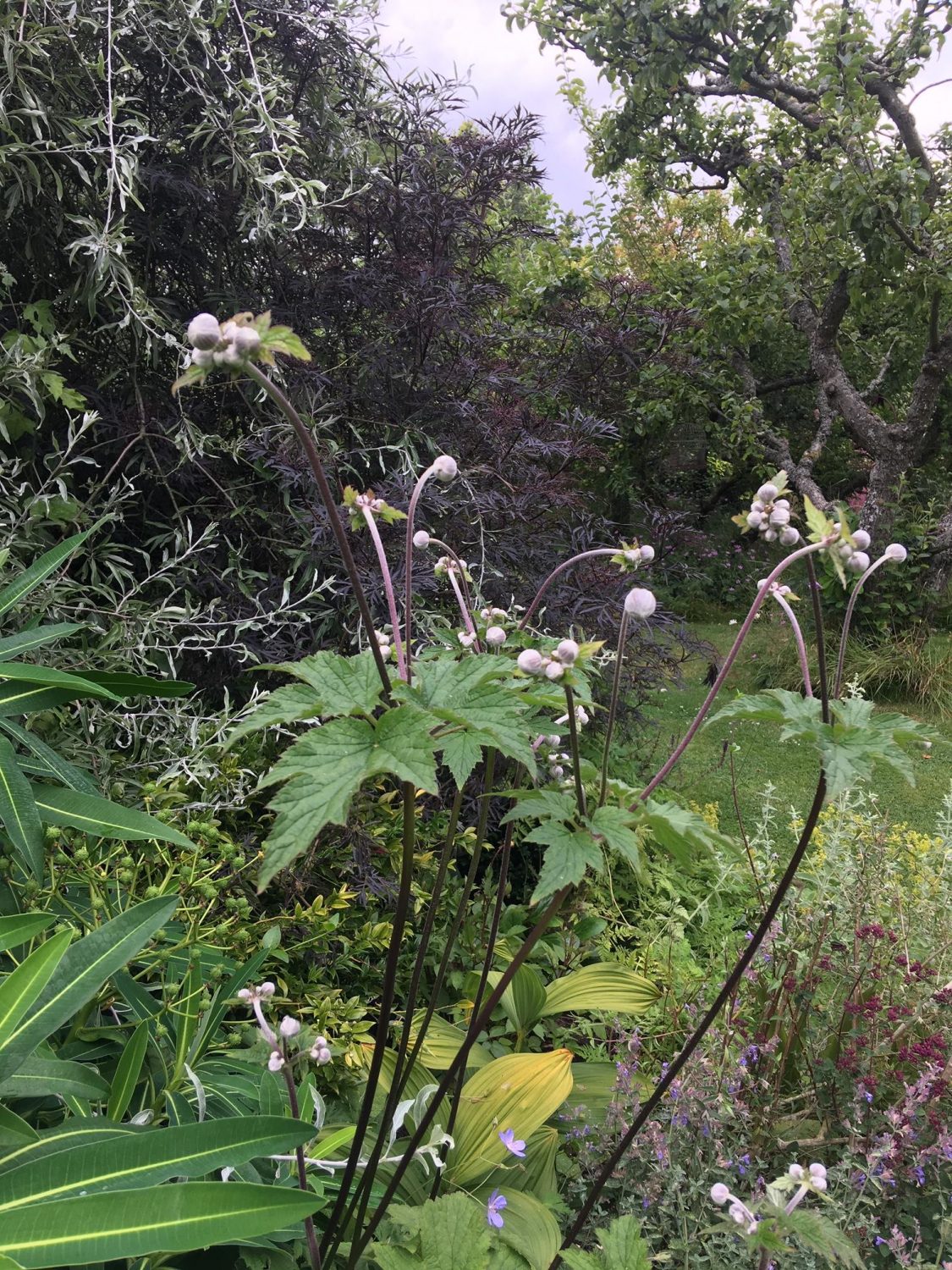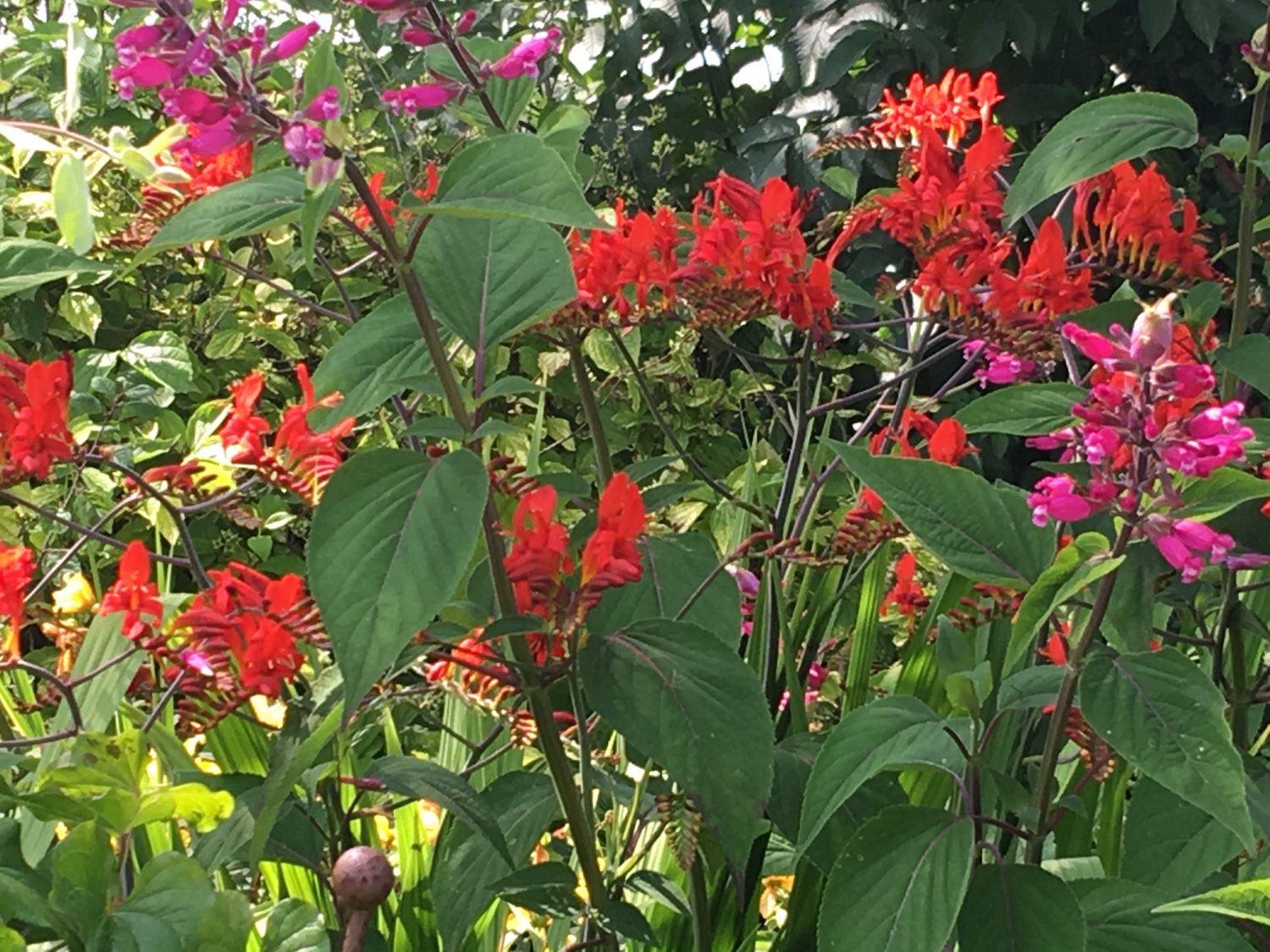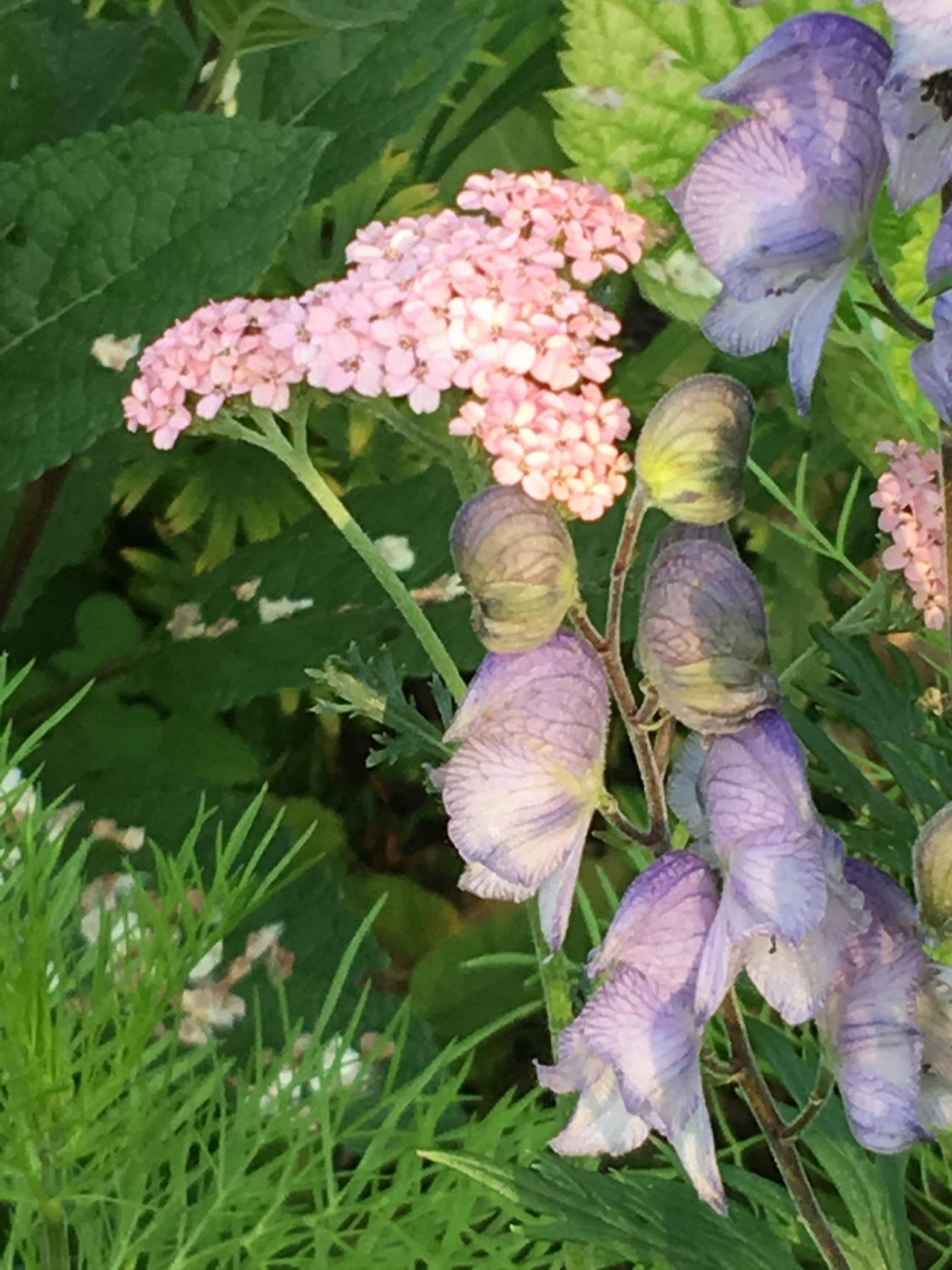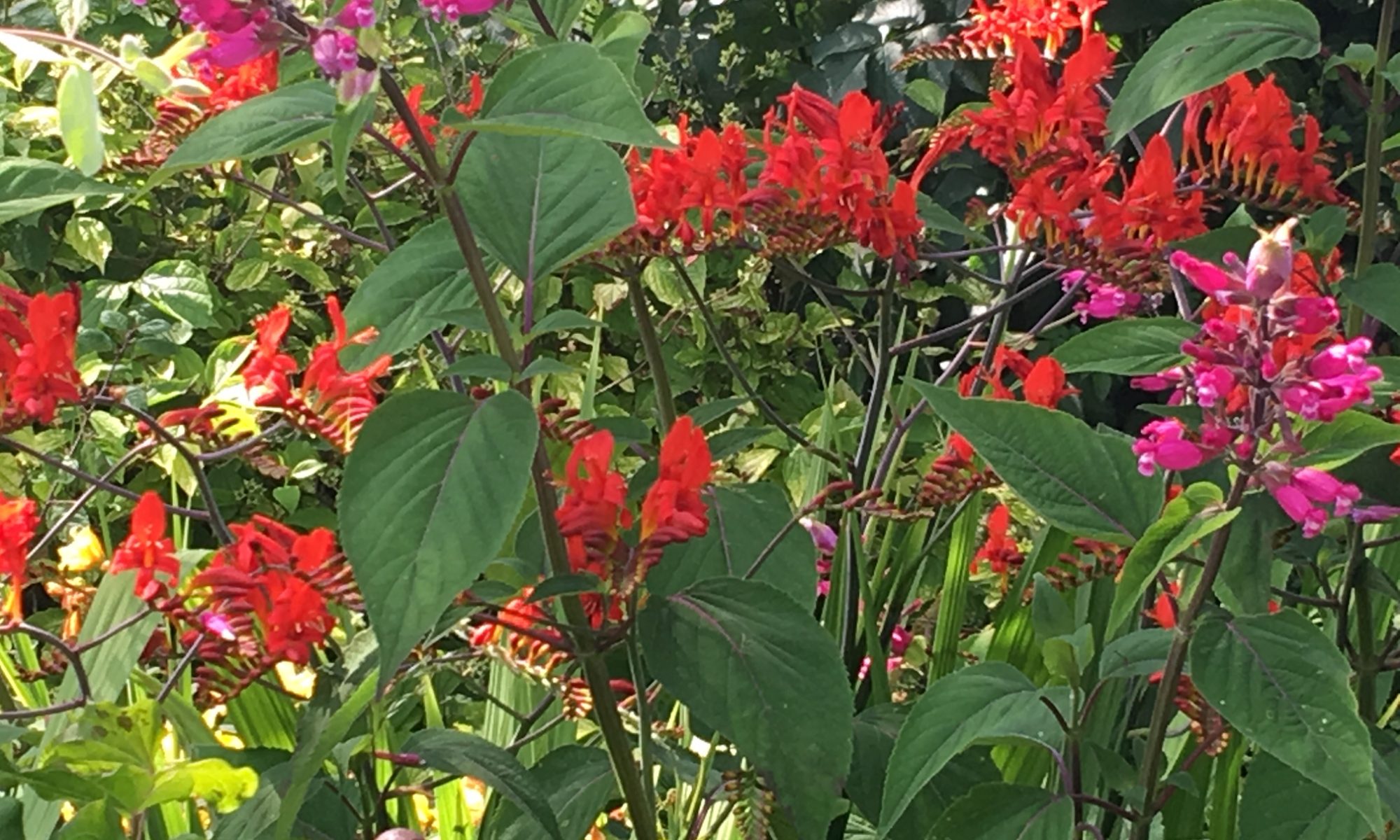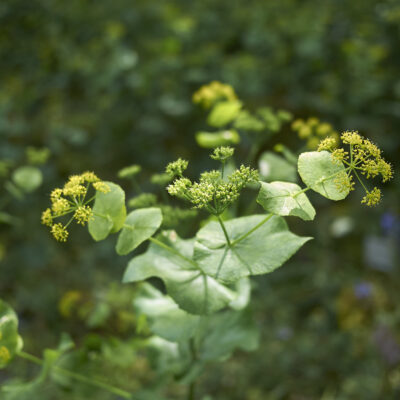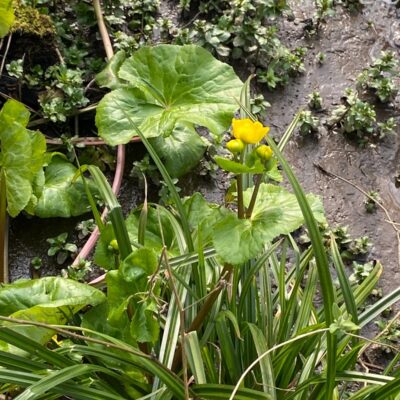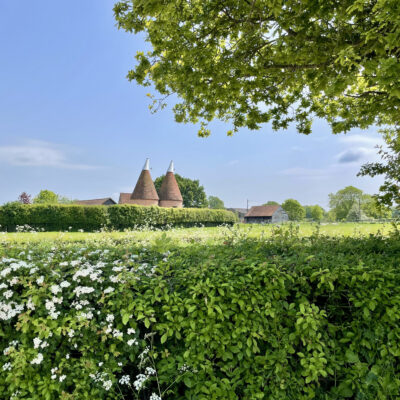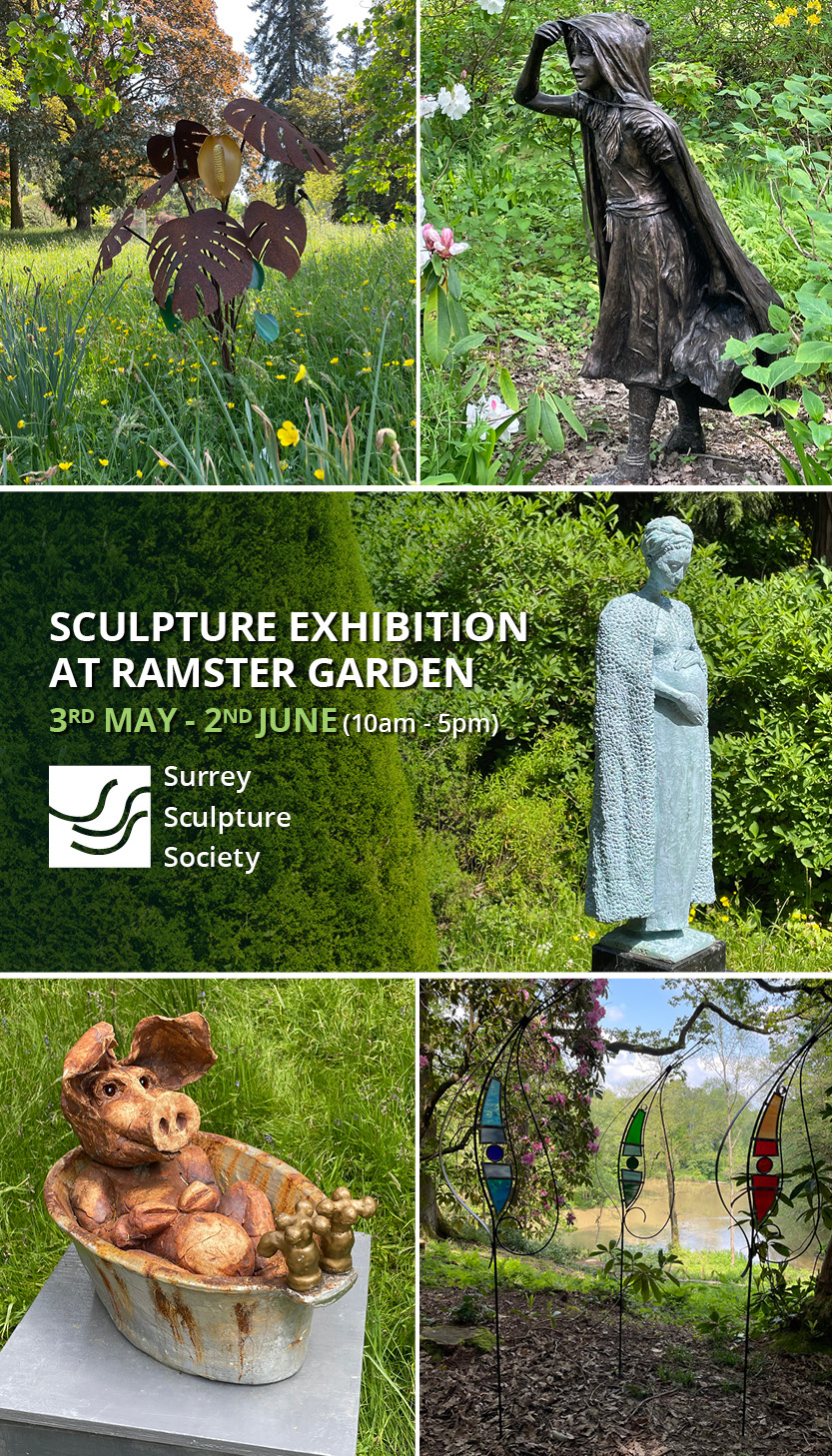A few years ago a group of us went to have lunch at Gravetye Manor, home to the Victorian gardener, William Robinson. Robinson bought the Elizabethan house and about 200 acres in the mid-1880s and the estate, which he extended, became his life’s work. We have so much to thank him for as he was at the forefront of the movement rebelling against the high Victorian style of gardening with its regimented bedding in bright colours ‘highlighted’ with rather incongruous plantings of exotics grown on in glasshouses.
His style, much followed, was for the more natural, wilder approach to gardening, which thankfully still prevails. Two of his books, The Wild Garden and The English Flower Garden became best sellers. His approach to gardening developed in tandem with the British Arts and Crafts movement of the early twentieth century and one of its more famous local exponents was Daisy Lloyd at Great Dixter.
But back to lunch that October at Gravetye…
I felt like a Jack in the Box with the excitement of the autumn colours in their fabulous borders and remember that it was a beautiful day and the beds really were brimming with so many rich colour combinations. All late flowerers of course: amongst them dahlias, aconites and salvias. I can’t remember what we ate but those plants and planting combinations were just lovely.
Aconites really come into their own from July onwards. One of the first to flower is the silver-blue A. ‘Stainless Steel’. I love this plant with its silver blue hooded flowers. It’s great in July with peachy day lilies. Another one which starts into flower in July is A. ‘Spark’s Variety’. This was introduced by the famous Riverslea Nursery, founded by Maurice Prichard who gave his name to Campanula lactiflora ‘Prichard’s Variety’ and the pink Geranium riversleaianum ‘Russell Prichard’. I’m not sure why this particular aconite was named ‘Spark’s Variety’. Anyway, this plant has a long flowering period and deep purple hooded flowers. Like most monkshoods, it can be grown in both sun or partial shade provided it is provided with a good fertile soil, which is really the same for all aconites. Give the plants a good mulch in the spring to retain moisture.
To continue the late flowering season with these plants, try A. carmichaelii ‘Arendsii’ which goes through August and into September. This is a tall plant with enormous blue flowers and totally self-supporting, upright stems. You’ll need a bit of space for this but there are shorter forms worth trying. Aconites look marvellous grown with late season grasses.
And then there are the Agastache, brilliant for flowering late and for extending the flowering season in your borders from July right through to October. These are perennial plants with so many plus points; from the aromatic foliage through to the way that they attract bees and hoverflies. They like a well drained soil – good for a Mediterranean planting in gravel garden perhaps. Two worth mentioning are A. ‘Blue Fortune’ with dark bracts and violet blue flowers and A. ‘Blackadder’ with spikes of furry violet blue flower and dark calyxes.
I took a photo this morning of the buds of a Japanese anemone. How pretty they are. Perched on long stems are furry grey/pink/white perfectly formed bobbles. I read somewhere that they reminded the writer of pearls and I think that is such a good description. This particular anemone is A. x hybrida ‘Honorine Jobert’, with pure white flowers with a distinctive green centre surrounded by bright yellow stamens. Easy to grow and easy to source. Growing with dark foliage as a backdrop like Sambucus ‘Black Lace’ they light up the garden until October. This is the way to see them at their best. They spread like mad but are so charming and make up for their manners!
Oh, another one that is rather beautiful is the double pink, A. hupensis var. japonica ‘Pamina’ which has rather elegant grey black stems. Bees love Japanese anemones so grow them!
I think it was quite late in the season when we went to Malverleys in Hampshire. What a garden. Particularly memorable in their stunning white garden were enormous quantities of the self-seeding biennial sea holly, Eryngium giganteum, commonly known as Miss Willmott’s Ghost, named after an incorrigible gardener who felt that all her friends’ gardens should be blessed with the plant. She apparently sowed seed wherever she visited. Eryngiums are great late flowerers and I love this one for its silver white flower heads. There are lots to try.
Eryngium planum ‘Blaukappe’ as its name suggests has lots of bright blue flowers. Eryngium x oliverianum has blue flower and amethyst stems. They take a while to establish and colour up but are worth the wait. For a bit of drama try E. pandanifolium ‘Physic Purple’ from the Chelsea Physic Garden. Tall, very tall, its tiny purple heads are magnets for all manner of pollinating insects.
And late flowering shrubs? Buddleja of course are brilliant for late flowering colour and for providing food for butterflies. There are so many new cultivars but I love B. davidii ‘Dartmoor’ which has fan shaped multiple spikes of purple blossom. It is highly scented and butterflies really do besiege it.
“Visit William Dyson’s salvia nursery in the gardens of Great Comp, near Sevenoaks, to see his amazing, ever increasing, collection of salvias”
Bupleurum fruticosum is a shrubby late flowering evergreen with masses of green umbellifer flower heads. It is lovely for cutting. It doesn’t seem to mind having a good hair cut in the spring to control its size. It just comes back better and even more floriferous. Grow it with tall Salvia confertiflora or Salvia involucrata. Both are smashing late flowering plants but the latter is hardy so perhaps easier. You really do have to remember to bring in S. confertiflora but you are rewarded for your diligence the following year.
I almost forgot to mention the shrubby salvias with their incredibly long flowering period. Visit William Dyson’s salvia nursery in the gardens of Great Comp, near Sevenoaks, to see his amazing, ever increasing, collection of salvias. He has been growing salvias in Kent for over 20 years. I particularly like S. ‘Royal Bumble’ with its combination of dark stems and rich scarlet flowers. It’s in a pot at the moment and probably would benefit from being planted out, but the stems break off easily and it may not be the moment now.
Sue Whigham can be contacted on 07810 457948 for gardening advice and help in the sourcing and supply of interesting garden plants.
Dyson’s Nurseries, Great Comp Garden, Comp Lane, St Mary’s Platt, near Sevenoaks, Kent TN15 8QS.
Nursery Enquiries: 07887 997663
TEST
